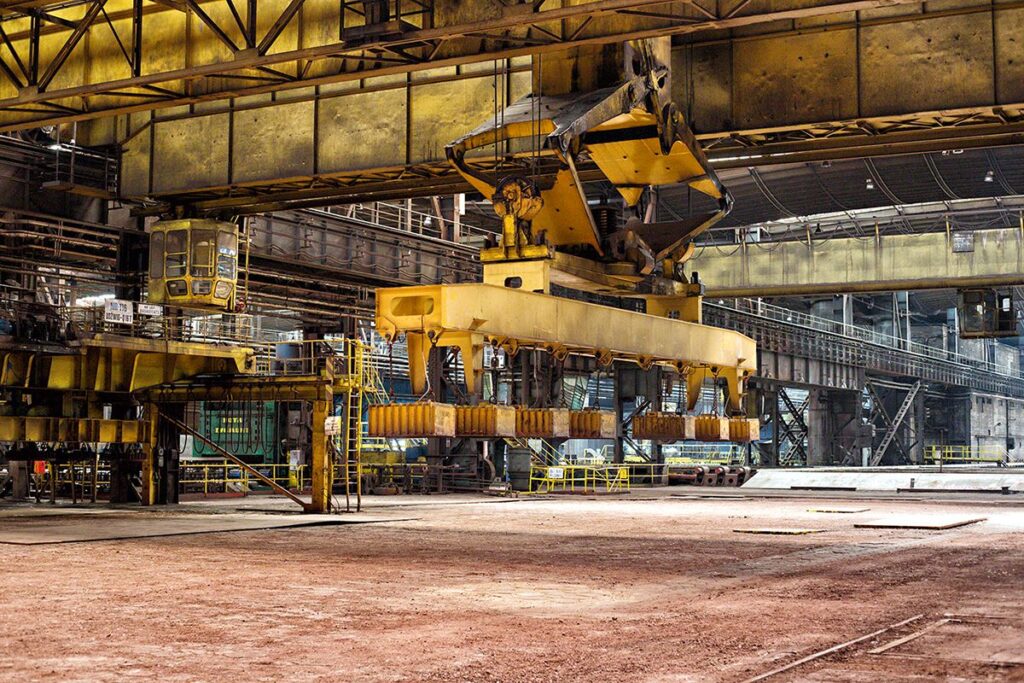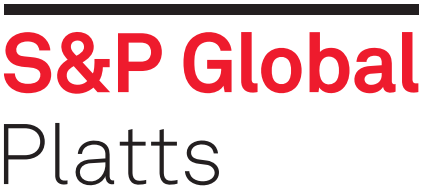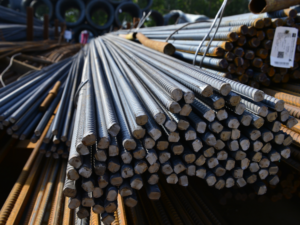
German crude steel production has further increased in October, climbing on a year-on-year basis for the first time since February, the German steel federation said Nov 23.
Crude steel production stood at 3.4 million mt in October, up 3.1% year on year and 13.3% higher than September.
Over the course of the year, however, crude steel production still falls short of 2019 levels, reaching 29.1 million mt over January to October, down 13.9% year on year.
Production using the blast furnace route in October rose 1.3% year on year to 2.2 million mt, while output via electric arc furnaces rose 6.6% to 1.2 million mt. Data shows that blast furnace ramp-ups increased significantly from 1.9 million mt in September, whereas electric arc furnace production grew from 1.1 million mt, seeing a smaller month-on-month increase.
Pig iron production in October eased 0.9% year on year to 2 million mt, while hot-rolled output rose 4.1% to 3.1 million mt.
German mills have been in ramp-up phase since mid-summer, with more output expected to come online over the coming months. However, few mills are estimated to be at full capacity utilization; Salzgitter, for example, is keeping a blast furnace offline for the foreseeable future and Thyssenkrupp said it would be producing at a rate higher than 60% but not at full utilization.
The steel market is currently seeing a shortage of coil products as demand exceeds the rate of ramp-ups, while imports remain unattractive. As the long-term outlook remains unclear, market participants expect mills to keep production curbed somewhat to support current price hikes.
The daily Platts TSI index on Nov. 20 rose Eur14/mt week on week to Eur538/mt EXW Ruhr, driven by material shortages and higher offers.
— Laura Varriale






